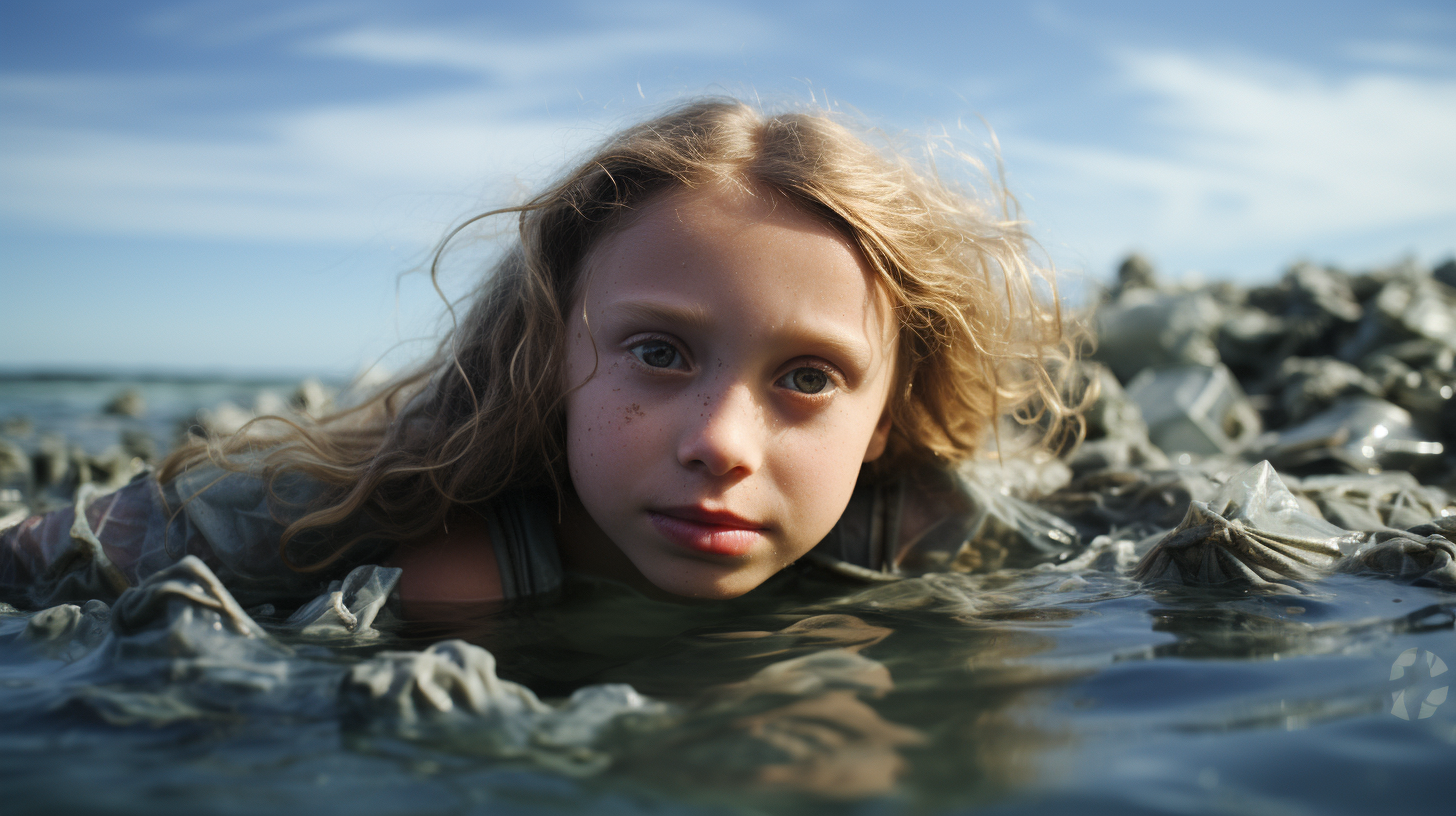The seas have become a murky soup, concocting a dystopian brew with every wave. Oceans, once the cradle of life, now cradle a synthetic monster of our own making. In what might read as a grim chapter from an apocalyptic novel, our waters writhe under a chokehold of plastic—with no heroic intervention on the horizon. This isn’t a narrative spun from fantasy; it’s the stark reality of our planet’s Plastic Legacy.
‘The tide brings in more than whispers of forgotten lands; it brings the screams of a suffocating ecosystem.’ – this phrase would be poetic if it weren’t a literal truth. From the tiniest plankton to the vastness of the whales, plastic has infiltrated every notch of the marine hierarchy. It’s a silent killer, rendering the ocean’s outcry unheard beneath the waves of human indifference.
The numbers are as staggering as they are heartbreaking. Experts estimate that approximately 8 million tons of plastic are dumped into the ocean annually—the equivalent of emptying a garbage truck into the sea every minute. Fish now swim in waters laced with microplastics, ingesting them as they would their natural prey, while seabirds, mistaking plastic for food, feed bottle caps to their chicks.
Entanglement is another horror story. Once a dolphin’s graceful leap would charm onlookers; now, these mammals struggle against the relentless grip of discarded fishing nets. Sea turtles, the ancient mariners of our oceans, suffocate beneath packs and rings that were once mindlessly tossed away, weighed down by the heavy burden of mankind’s negligence.
We’ve encountered tales of the Great Pacific Garbage Patch, a floating mass of human refuse so large it forges its own geography. The marine creatures that navigate these waters do so with the peril of an obstacle course designed by human disregard and consumerism. The dream of pristine, azure seas has turned into a nightmarish reality.
But beyond the horrifying spectacle lies a deeper malaise—affecting human life with a menacing rebound. Microplastics not only permeate the food chain but also enter our bodies, with scientists identifying plastic particles in human blood, organs, and even unborn babies. The circle is complete: the waste we unleashed into our oceans now sits on our dinner plates and courses within our veins.
The aftermath of this dystopian scene is an environment bereft of the vibrant life it once boasted. Dead zones expand as oxygen-deprived waters become too toxic for life, and the cascade of disruption is felt up the food chain. The message from our ailing waters is clear – this scenario is of our own script, and the tragedy is that there is no rewrite.
As we wade through the detritus of decades, the message from the ‘silent sentinels’ of our oceans has never been louder. For those who listen, their cry is a clarion call for urgent, radical change. A change that, in the visage of this dire legacy, seems quixotic at best. And the question lingers, heavy as the nets that blanket our sea life: Is this the epilogue for our oceans, or can a new chapter be penned?
The tale of the world’s plastic inundation is often told with a cautionary tone, nudging towards a glimmer of hope. But within the pages of our reality, we must admit that the narrative may eschew redemption for a stark warning: neglect begets an inheritance none would wish to claim – the legacy of a lifeless ocean, testament to humanity’s ultimate folly.
